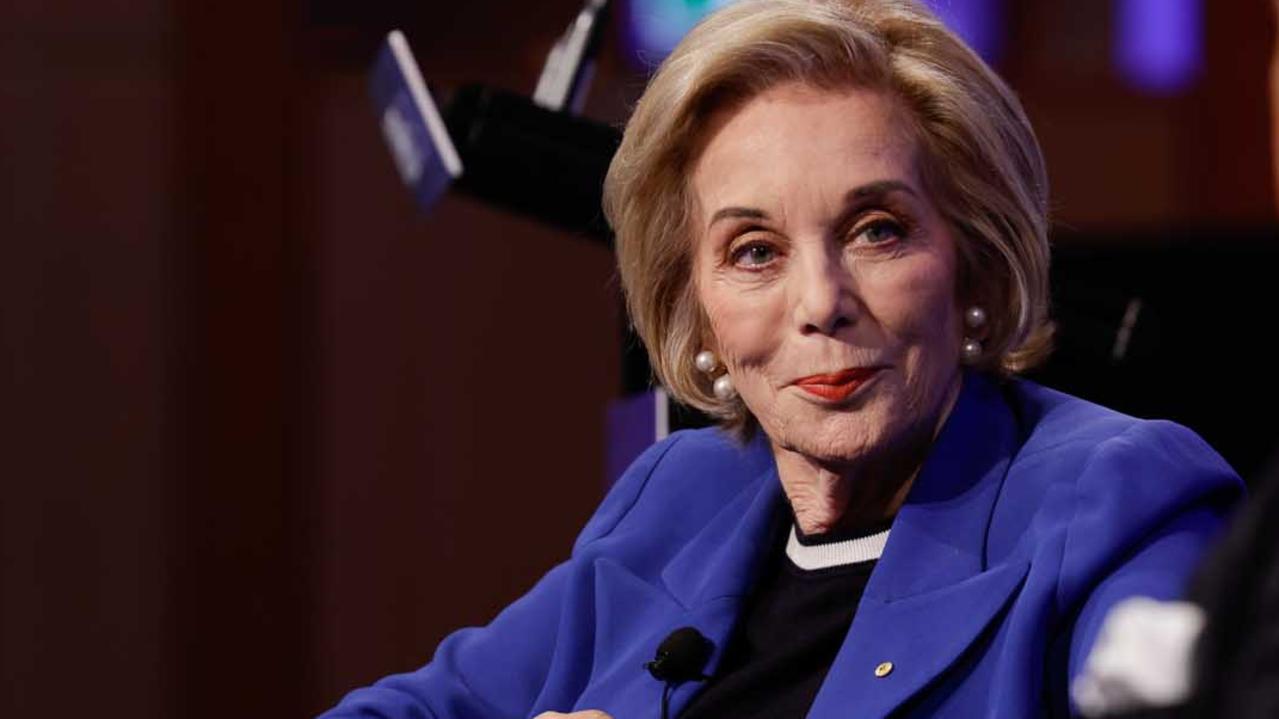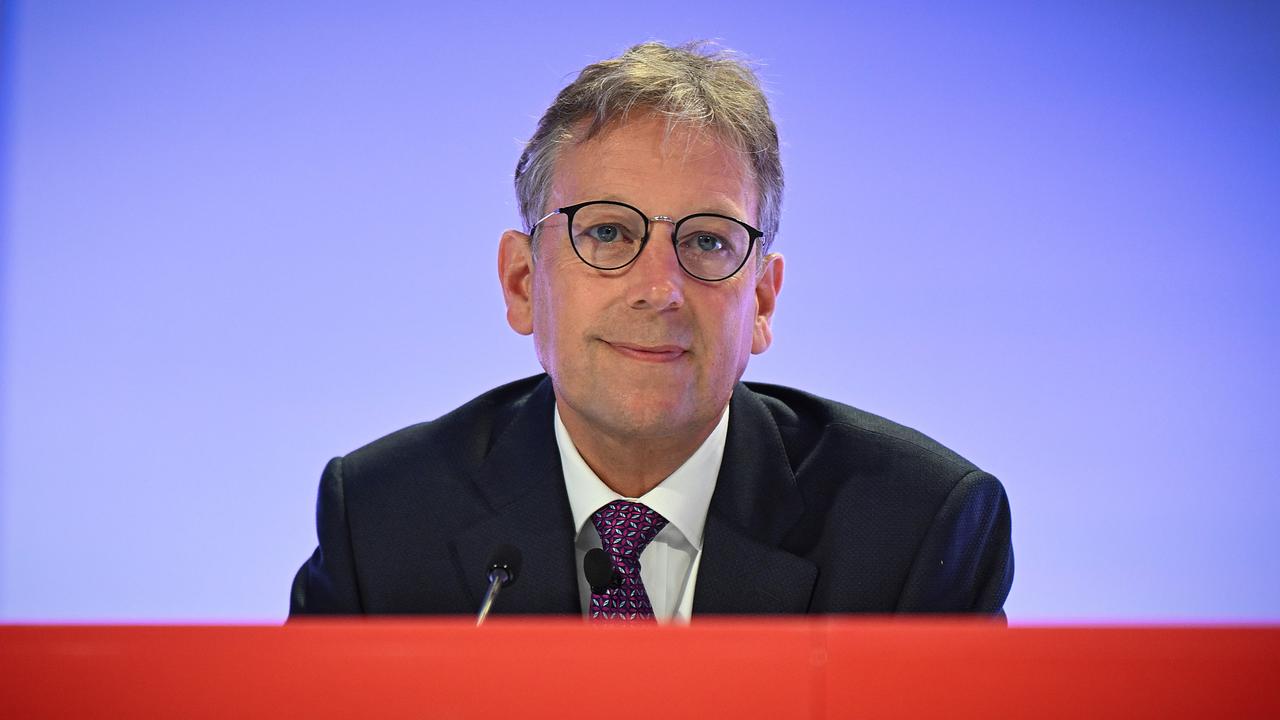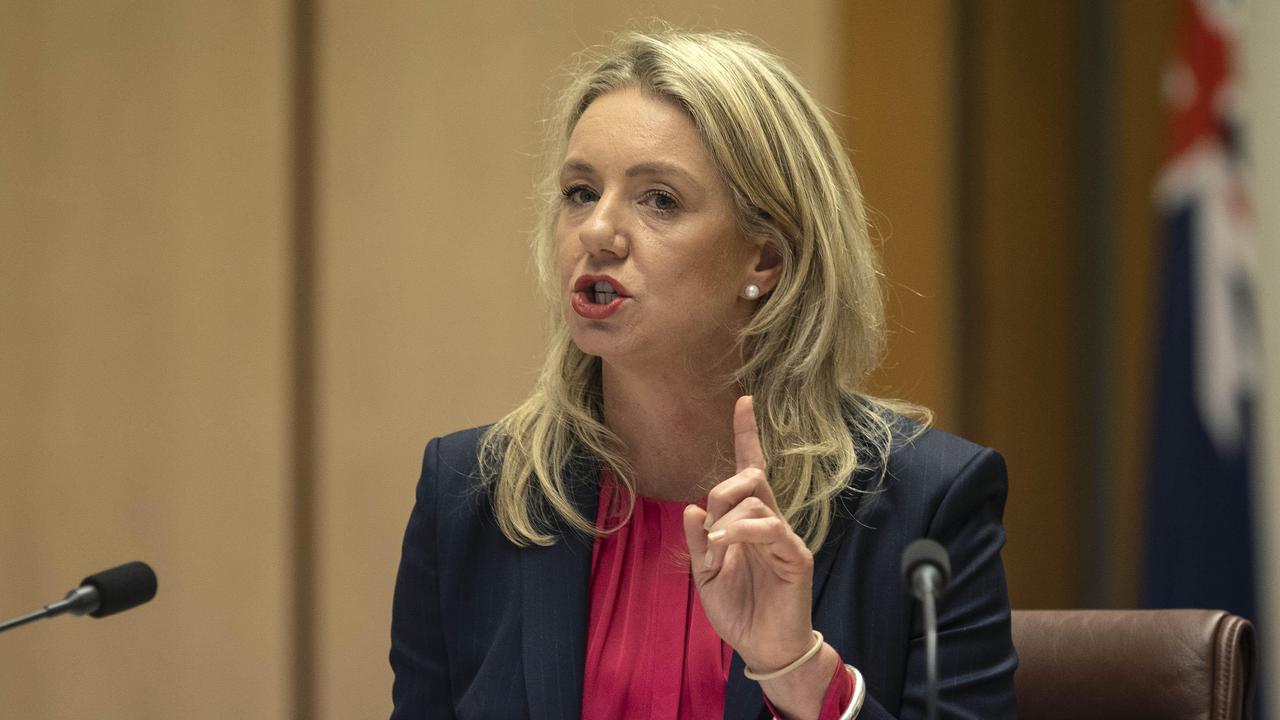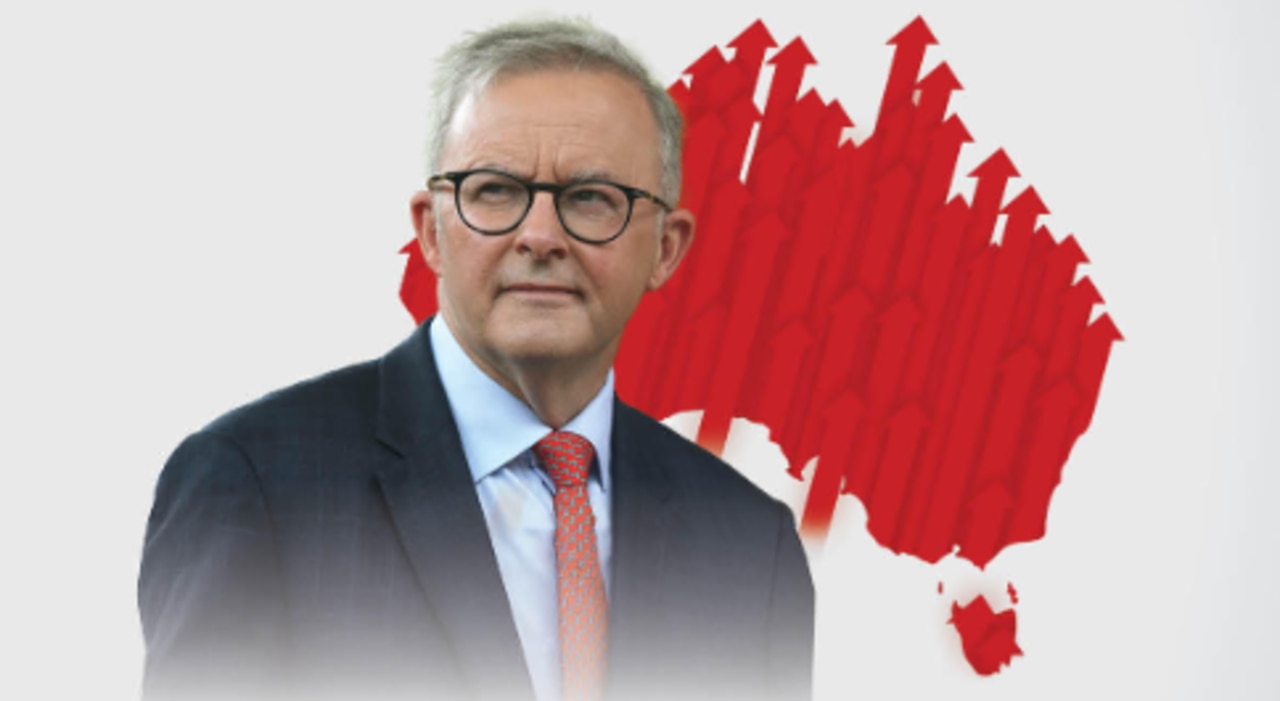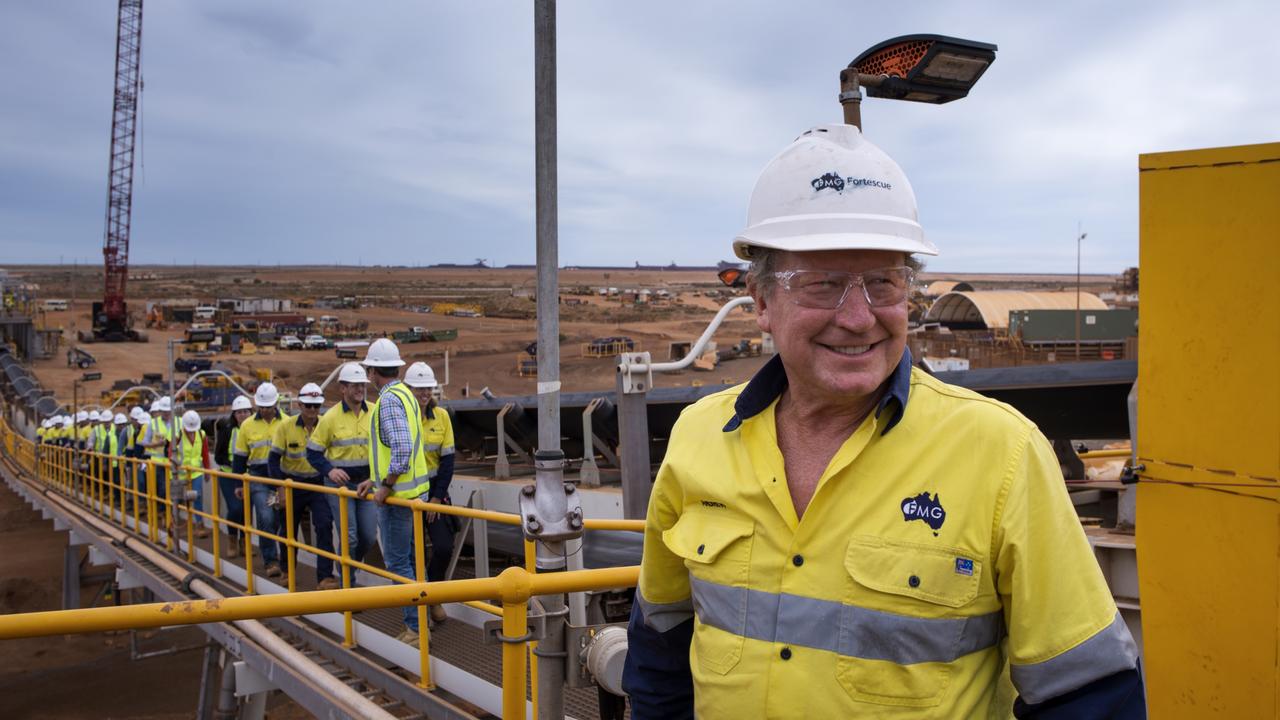IAG business insurer on watch for fraud spike in face of economic slowdown
The boss of IAG’s Intermediate Insurance arm is watching for cases of fraud as the economy slows, amid an attempt to turn his business around as it targets a $250m profit next year.

Business
Don't miss out on the headlines from Business. Followed categories will be added to My News.
The boss of Insurance Australia Group’s Intermediated Insurance Australia arm is closely watching for cases of fraud as the economy slows, amid an attempt to turn the business around as it targets a $250m profit next year.
IAG Intermediated Insurance group executive Jarrod Hill said the insurer was keeping a “very close eye” on claims coming in from businesses, noting there had been a number of arson incidents in recent months.
Mr Hill said although there were a small number of incidents, IAG was aware tough times often produced a spike in fraud-related claims, both in the exaggeration of the damages as well as deliberate destruction of property. In particular, Mr Hill said IAG was aware some businesses might seek to make claims for equipment that required repair, or for a loss of trading after damage.
But Mr Hill said IAG had not seen a breakout in suspicious claims yet.
He noted Australia’s experience in the GFC, when there was no breakout in fraud-related claims despite economic pressures.
Mr Hill has been tasked with the turning IAG’s Intermediated Insurance business around amid a broader attempt to cut costs and ramp up returns at Australia’s largest listed insurer.
This had seen IAG pass through hefty price rises and do more with less.
Part of the turnaround has been an improvement in the fortunes of the Intermediated Insurance operation in Australia, the business behind the CGU and WFI brands, which has gone from a string of losses to nearly double its underlying margin in just one year.
The intermediated business has gone from a $103m loss in the 2022 financial year to a $209m full year profit in 2023, with a target of $250m in profit by 2024.
Mr Hill said Intermediated Insurance – which unlike the retail arm of IAG, largely distributed its products via brokers to businesses and significant customers – had historically suffered by being lumped together with the likes of NRMA.
He said this had led IAG to prioritise NRMA over its other brands, leading to underinvestment and a loss of market share.
Mr Hill, who was made head of Intermediated Insurance by IAG chief executive Nick Hawkins in 2021, said he had been given a mandate to turn the loss-making division around.
“The assessment I made was around the core insurance capabilities and the underwriting pricing portfolio management, which weren’t at the level I expected for an organisation of this size,” he said.
Mr Hill said IAG was also confronted with the issue of “a clear vision for what we wanted our division to be”.
“We’ve made significant progress. We’re still not in our target state, with a lack of investment we’re a long way behind our technology,” he said.
A key priority at IAG has been rolling out new systems across the insurer, which after a series of acquisitions had accumulated a cumbersome network of brands and platforms that made claims pricing and management unwieldy.
This came to a head in 2019 when IAG reported pricing failures to ASIC, triggering a raft of legal actions against the insurance giant for advertising discounts for customers but failing to actually pass them through. Mr Hill said upgrading the technology behind the Intermediated business would cost $180m over three years.
“There’s a lot of discipline that’s gone into that,” he said.
“It’s enabled us to transform the business and not impact the expense portion of the organisation,” he added.
The Intermediated business has also exited a number of areas where the cost of cover was exceeding premiums, he said.
Lately IAG has revealed significant deterioration in its “long tail” professional indemnity lines, for claims well after cover had been written, as well as the workers compensation portfolio.
But Mr Hill stressed IAG had not exited any major segment in three years, with the latest measures aimed at trimming the edges of the portfolio,
Mr Hill said IAG’s WFI business, which writes cover for agricultural and rural businesses, had failed to generate profits over a number of years, with an inefficient base.
He said in response IAG was passing through premium increases, but many rural customers were retaining cover.
“We haven’t seen a significant deterioration there,” he said.
Commercial clients, typically covered under the CGU brand, have also faced premium increases, with Mr Hill noting “the ability to change the outcome is somewhat different for them”.
He said that commercial clients were responding to higher prices by lowering excesses or deductibles.
“We haven’t seen those customers exit the insurance market. There’s more churn and more people price testing because of the increase of price,” he said.
Originally published as IAG business insurer on watch for fraud spike in face of economic slowdown




